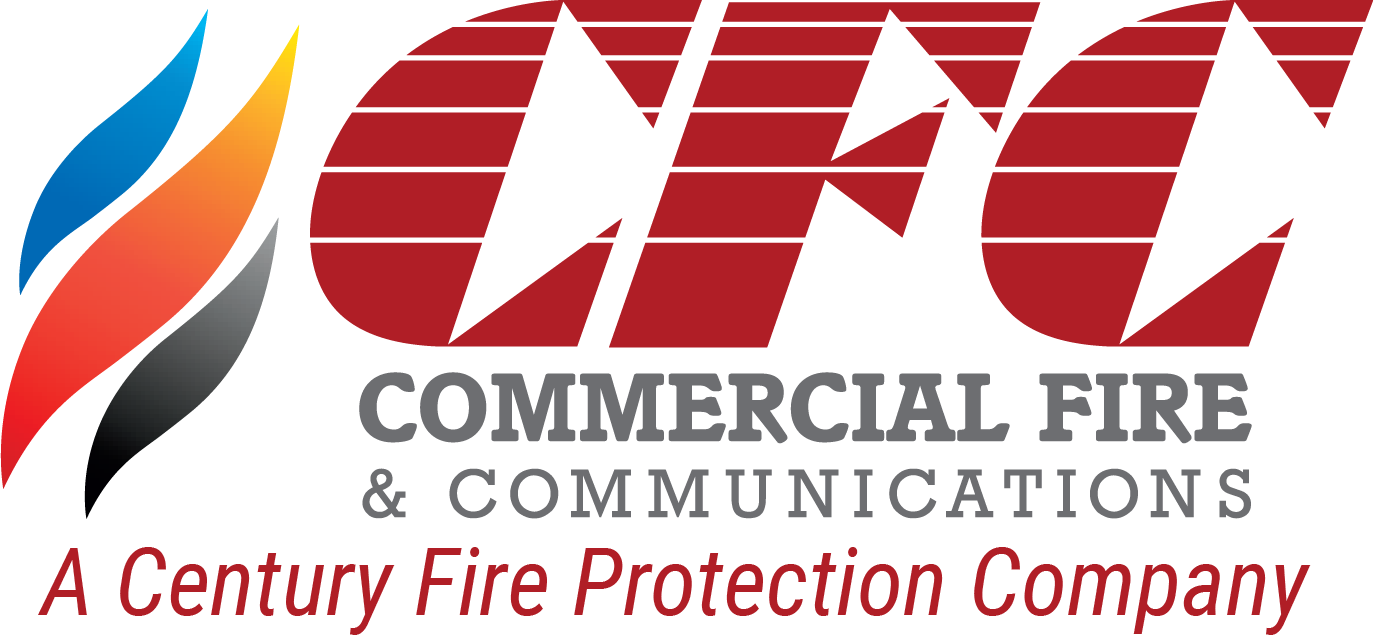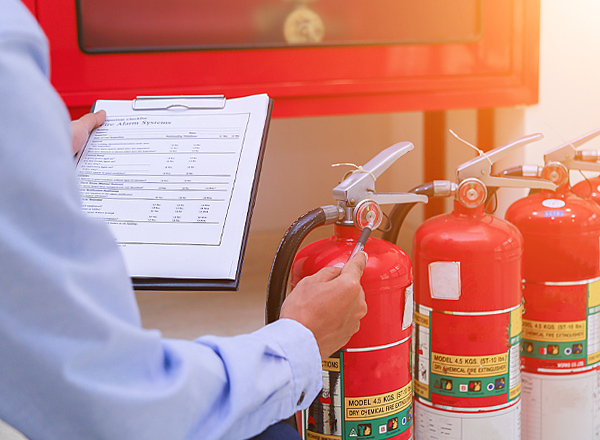Inspection
Regular inspections are essential to ensure your fire extinguishers are properly working. These inspections should, at minimum, confirm that your extinguishers are:
- Located in the correct place
- Easy to find
- Easy to access
- Properly pressurized
- Full and ready
- In working order with acceptable tires, wheels, carriage, hose, and nozzle where appropriate
- Operable with push-to-test pressure indicators
Frequency
NFPA 10’s guidelines require fire extinguisher inspections to occur at the time of installation and every month after that. If the extinguisher is installed in a high-humidity or high-traffic area, you must inspect them more often.
Maintenance
Maintenance of fire extinguishers should begin with the manufacturer’s recommendations and include a visual examination of the condition of mechanical parts and an assessment that they are in working order.
After your external examination, you will also do an internal examination based on the guidance in your service manual.
Frequency
An external fire extinguisher inspection is needed annually and should also occur as part of the hydrostatic testing process. Internal inspection frequency depends on the type of extinguisher. Most extinguishers should undergo this more rigorous inspection every 1-6 years. These inspections will guide your maintenance efforts to ensure your equipment functions properly when needed.
Hydrostatic Testing
Hydrostatic testing is another essential element of ensuring your fire extinguisher is in working condition. This procedure is best performed by a professional since the extinguisher needs to be almost entirely dismantled and reassembled. After removing all the components, you will be left with just the shell and hose. Fill with water and carefully monitor pressure levels to ensure the device holds pressure. Then, remove all water from the equipment and recharge it. If you find any leaks or deformities, replace them immediately.
Frequency
The required frequency of hydrostatic testing depends on the type of fire extinguisher. The NFPA’s guidelines explain how you should proceed for each type.
Recordkeeping
Fire extinguishers are essential in any fire emergency, and their effectiveness relies on proper maintenance and regular inspections. Keeping detailed inspection and maintenance records helps ensure your facility complies with local regulations, reducing potential liability and keeping occupants safe.
Keeping detailed logs of all inspection dates can provide insight into how frequently each extinguisher needs to be inspected or maintained. This information can also help you make informed decisions about when to replace aged or damaged equipment.
Act now to ensure your fire extinguishers are in proper working condition with CFC’s professional service. Let our experts increase your peace of mind with timely inspections, maintenance, and testing – book an appointment now!

